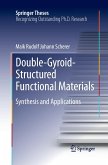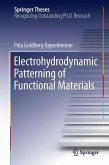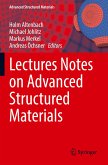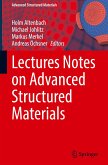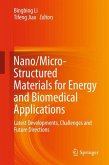The development of new high-tech applications and devices has created a seemingly insatiable demand for novel functional materials with enhanced and tailored properties. Such materials can be achieved by three-dimensional structuring on the nanoscale, giving rise to a significant enhancement of particular functional characteristics which stems from the ability to access both surface/interface and bulk properties. The highly ordered, bicontinuous double-gyroid morphology is a fascinating and particularly suitable 3D nanostructure for this purpose due to its highly accessible surface area, connectivity, narrow pore diameter distribution and superb structural stability. The presented study encompasses a wide range of modern nanotechnology techniques in a highly versatile bottom-up nanopatterning strategy that splits the fabrication process into two successive steps: the preparation of mesoporous double-gyroid templates utilizing diblock copolymer self-assembly, and their replicationwith a functional material employing electrochemical deposition and atomic layer deposition. The double-gyroid structured materials discussed include metals, metal oxides, and conjugated polymers, which are applied and characterized in high-performance devices, such as electrochromic displays, supercapacitors, chemical sensors and photovoltaics. This publication addresses a wide range of readers, from researchers and specialists who are professionally active in the field, to more general readers interested in chemistry, nanoscience and physics.


